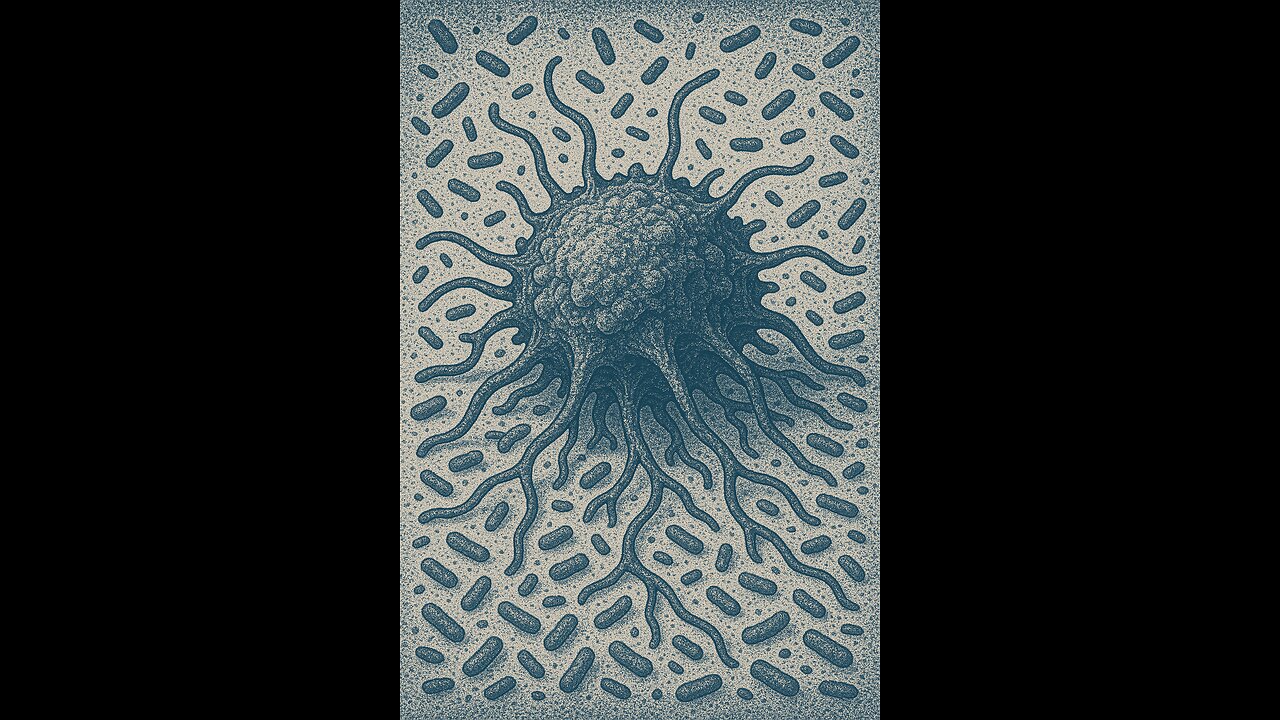Premium Only Content

Macrophagia
Macrophages recognize and engulf bacteria using specialized receptors that detect pathogen-associated molecular patterns (PAMPs) on microbial surfaces—such as lipopolysaccharides on Gram-negative bacteria or peptidoglycan on Gram-positive bacteria—through pattern recognition receptors (PRRs) like Toll-like receptors (TLRs) and C-type lectin receptors (CLRs).
When a PRR binds to its corresponding PAMP, it triggers intracellular signaling cascades that activate the macrophage, inducing phagocytosis in which the bacterium is engulfed into a phagosome.
This phagosome then fuses with lysosomes to form a phagolysosome, where hydrolytic enzymes and reactive oxygen/nitrogen species degrade the pathogen.
Simultaneously, PRR signaling upregulates cytokine production to recruit other immune cells, amplifying the inflammatory response.
-
 LIVE
LIVE
bucketofish
1 hour ago///ARC Raiders || Loot, Scoot + Boogie
69 watching -
 LIVE
LIVE
GritsGG
5 hours ago#1 Most Warzone Wins 3953+!
354 watching -
 LIVE
LIVE
Spartan
1 hour agoGetting to DLC Boss on Stellar Blade (Hard Mode), then moving on to something else.
40 watching -
![THIS GAME IS SO OLD :: Half-Life (1998) :: FINISHING IT TODAY [FIRST TIME PLAYING] {18+}](https://1a-1791.com/video/fww1/5e/s8/1/A/6/a/y/A6ayz.0kob-small-THIS-GAME-IS-SO-OLD-Half-Li.jpg) LIVE
LIVE
a12cat34dog
3 hours agoTHIS GAME IS SO OLD :: Half-Life (1998) :: FINISHING IT TODAY [FIRST TIME PLAYING] {18+}
98 watching -
 10:23
10:23
Forrest Galante
12 hours agoAsking an Indian Billionaire Why He Is Saving 1 Million Animals
88.9K24 -
 LIVE
LIVE
LexTronic
2 hours agoEditing Photos from DreakHack
54 watching -
 LIVE
LIVE
DoldrumDan
1 hour agoSEKIRO DAY 18 FIRST PLAYTHROUGH - DAY 37 NEW LIFE
31 watching -
 23:30
23:30
Lady Decade
23 hours ago $21.88 earnedYakuza Kiwami 3 is Causing Outrage !
50.5K13 -
 LIVE
LIVE
Lofi Girl
3 years agolofi hip hop radio 📚 - beats to relax/study to
130 watching -

Pepkilla
2 hours agoArc Raiders First Try Send HALLLPPPP
3521